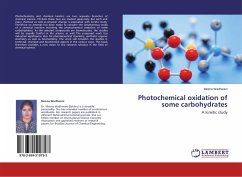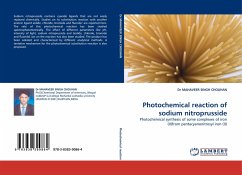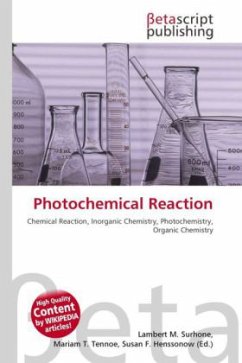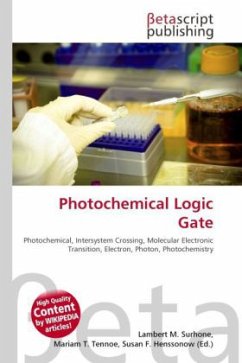The present study pertains to the photochemical oxidation of p-chloroaniline using TiO2 (catalyst) and H2O2 (oxidant) obtained the corresponding 4,4'- dichloroazobenzene (I), 4,4'-dichloroazoxybenzene (III) and an unexpected 4,4'- dichloro-2-hydroxyazobenzene (II) was also formed in low yield due to the photochemical Wallach rearrangement of the 4,4'-dicholoroazoxybenzene. Almost 84% of 4,4'-dichloro azoxybenzene derivative was obtained when using TiO2 along with H2O2. Then, with a mixture of HY-zeolite and TiO2 along with H2O2 in which the percentage of compound I was increased (79%) with the decrease in the compound III (17%) and 3% of compound II. In all the cases rearranged compound II (2-3%) has been obtained in very low. The product selectivity obtained during the use of zeolite may be well appreciated.
Bitte wählen Sie Ihr Anliegen aus.
Rechnungen
Retourenschein anfordern
Bestellstatus
Storno








